The Contemporary Bauman
Routledge, $77 pb, 275 pp
Anthony Moran reviews "The Contemporary Bauman" edited by Anthony Elliott
Zygmunt Bauman has a talent for metaphors. When, in the late 1980s, he entered the fray of the modernity/postmodernity debates, he suggested that, while premodernity had been presided over by ‘gamekeepers’ managing a disorderly nature and society, modernity was presided over by ‘gardeners’ obsessed with creating order out of messy reality. In his most recent work, beginning with Liquid Modernity (2000), Bauman uses the metaphor ‘liquidity’ to depict modernity’s contemporary phase, in the process leaving behind his previous flirtation with the concept of postmodernity.
As Anthony Elliott explains in the introduction to his new edited volume, The Contemporary Bauman, unlike other protagonists in the debates of the 1980s and 1990s, Bauman had never seen postmodernity as a new historical phase marking the end of modernity, but rather as existing alongside modern strategies of mastery, the dream of purity, the creation of order, and the rejection of uncertainty and ambivalence. With his new writings on ‘liquid modernity’ Bauman confirms that there is no ‘beyond’ to modernity, only a new, lighter phase, less solid, more focused on speed and movement, short-termism and the ongoing revision of all things, including social relations and intimate relationships, institutions, and group and selfidentities. It is characterised by two main features: first, the collapse of any illusion that there will be an end point, any final resting place for society; and second, the deregulation and privatisation of modernising tasks and duties. In ‘liquid modernity’, the state is less concerned with creating and administering societal order; it is left up to individuals to administer and create themselves. The public has been thoroughly privatised.
The Contemporary Bauman gathers together American, European and Australian authors to reflect upon different dimensions of Bauman’s ‘liquid turn’. Elliott places this in the context of Bauman’s general writings, and other essays in the collection also adopt this approach. The nine main essays appear in three thematic parts (‘Liquid Modernity’, ‘Liquid Love’ and ‘Liquid Life’), each of which begins with a selection from the prolific Bauman’s recent books: Liquid Modernity (2000), The Individualized Society (2000), Society Under Siege (2002), Liquid Love (2003), and Wasted Lives (2003). The book ends with Bauman’s own reflections on ‘doing and writing’ sociology, which he tells us is ‘aimed at disclosing the possibility of living together differently, with less misery or no misery: the possibility daily withheld, overlooked or unbelieved’.
Each essay treats Bauman’s ideas seriously, but none is simply homage, and some are sharply critical. Elliott’s first chapter lays the foundations, explaining Bauman’s arguments about ‘societal liquidisation’, which involve both the liquefaction of the largest social structures, including the capitalist system, and of everyday life-worlds, rendered ‘increasingly fluid, fractured, flexible and frail’. Elliott situates Bauman’s more fragmentary and impressionistic forays within the intellectual context of the theories of Ulrich Beck, Anthony Giddens, Richard Sennett and Cornelius Castoriadis. In what he terms a sympathetic critique, Elliott raises issues concerning the overuse of the liquid metaphor, thus missing the complexity of Western modernity and major distinctions between First and Third Worlds, North and South, and the postcolonial. In a different vein, Larry Ray strongly criticises Bauman for being too metaphorical in his thinking and for neglecting sociological evidence. Iain Wilkinson accuses Bauman of failing to develop a language appropriate to human suffering. Janet Sayers, in an essay on the manic individualism and consumerism emphasised in Liquid Love, returns to psychoanalysis in order to better understand this social ill.
Other essays in this collection are far more appreciative and suggest the deep insights and continuities of Bauman’s work. In one of the most interesting contributions, Michael Hviid Jacobsen traces the movement of utopian thinking within Bauman’s work since the 1960s. Charles Lemert and Makenna Goodman, in their elegant essay, alert us to the fact that liquids always have the capacity to return to solids, and also that Bauman’s work could be usefully supplemented by a consideration of ‘haunting’, of the ghostly presences that follow us as we live, in the present, the reconstructed social structures of the past.
Keith Tester, stressing the influence of literature on Bauman’s sociological thinking, points to the powerful irony pervading his work. He makes a distinction between the ‘sociological imagination’ (C. Wright Mills) that Bauman has in abundance, and doing ‘proper’ sociology, which, ironically enough, can be carried through systematically by people who lack a sociological imagination. Tester emphasises Bauman’s consistent commitment to a sociological imagination that involves respectfulness towards ordinary humanity, and outrage at human suffering and at that which humiliates, being a constant irritant to the powers that be and to the way things are, and being guided by a concern to ‘emancipate the ambiguous human adventure from the constraints of common sense, power and fashion’.
Writing about Bauman’s take on gender and sexuality, Ann Branaman points to the important distinction between the tendencies that he illustrates, and the more prosaic realities of everyday life where gender and sexual norms are not necessarily up for grabs in the way that liquid modernity might suggest. Poul Poder makes a similar criticism when discussing the world of ‘flexible work’, preferring to see Bauman’s account as pointing to possible futures rather than contemporary realities.
Bauman, who has recently turned eighty, continues to develop his oeuvre at a time when most other people wind down their careers. Provocative, stimulating. Bauman as a thinker keeps moving. The Contemporary Bauman is an excellent collection for the reader wanting to know about this latest stage of Bauman’s career.




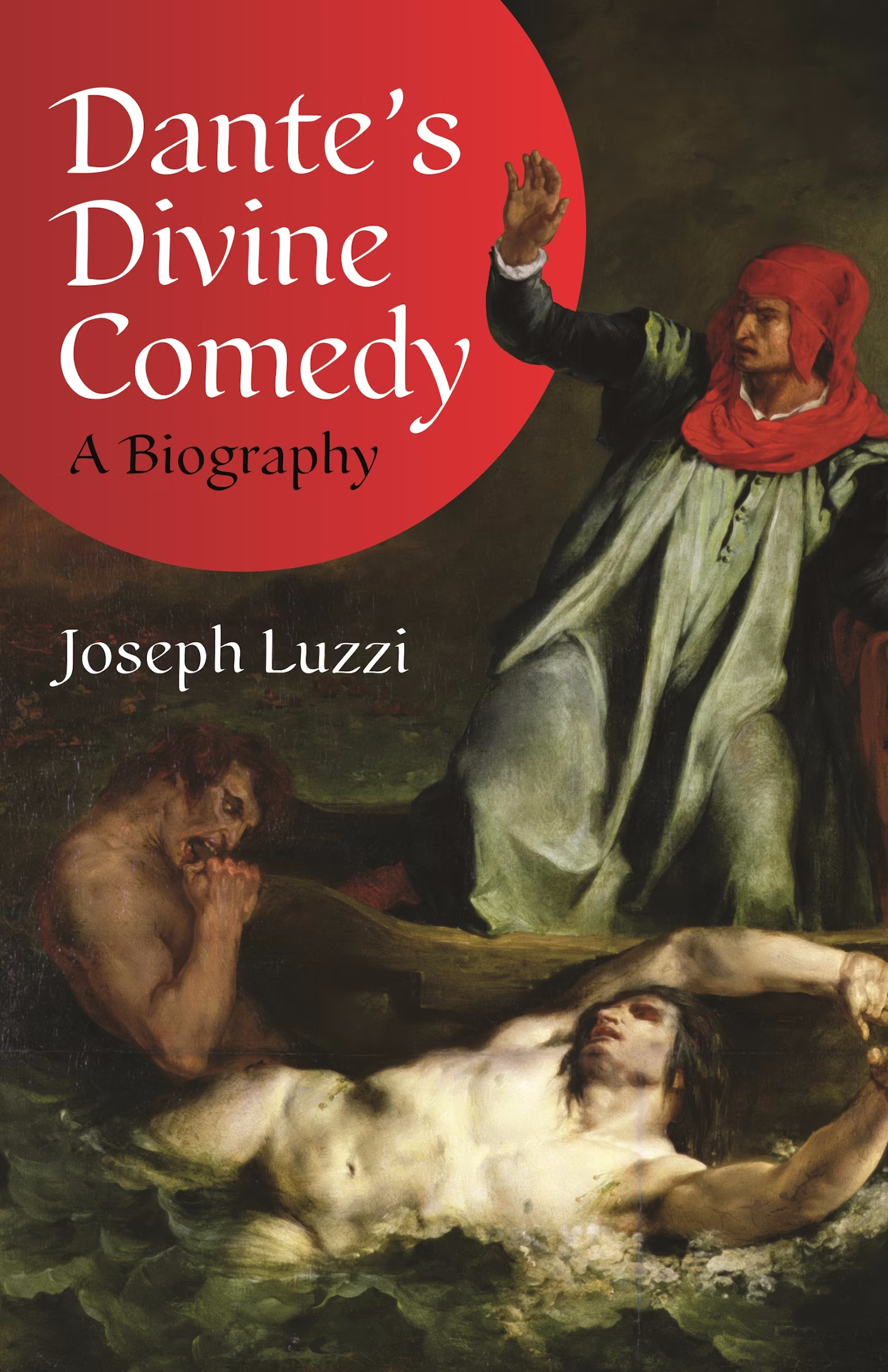

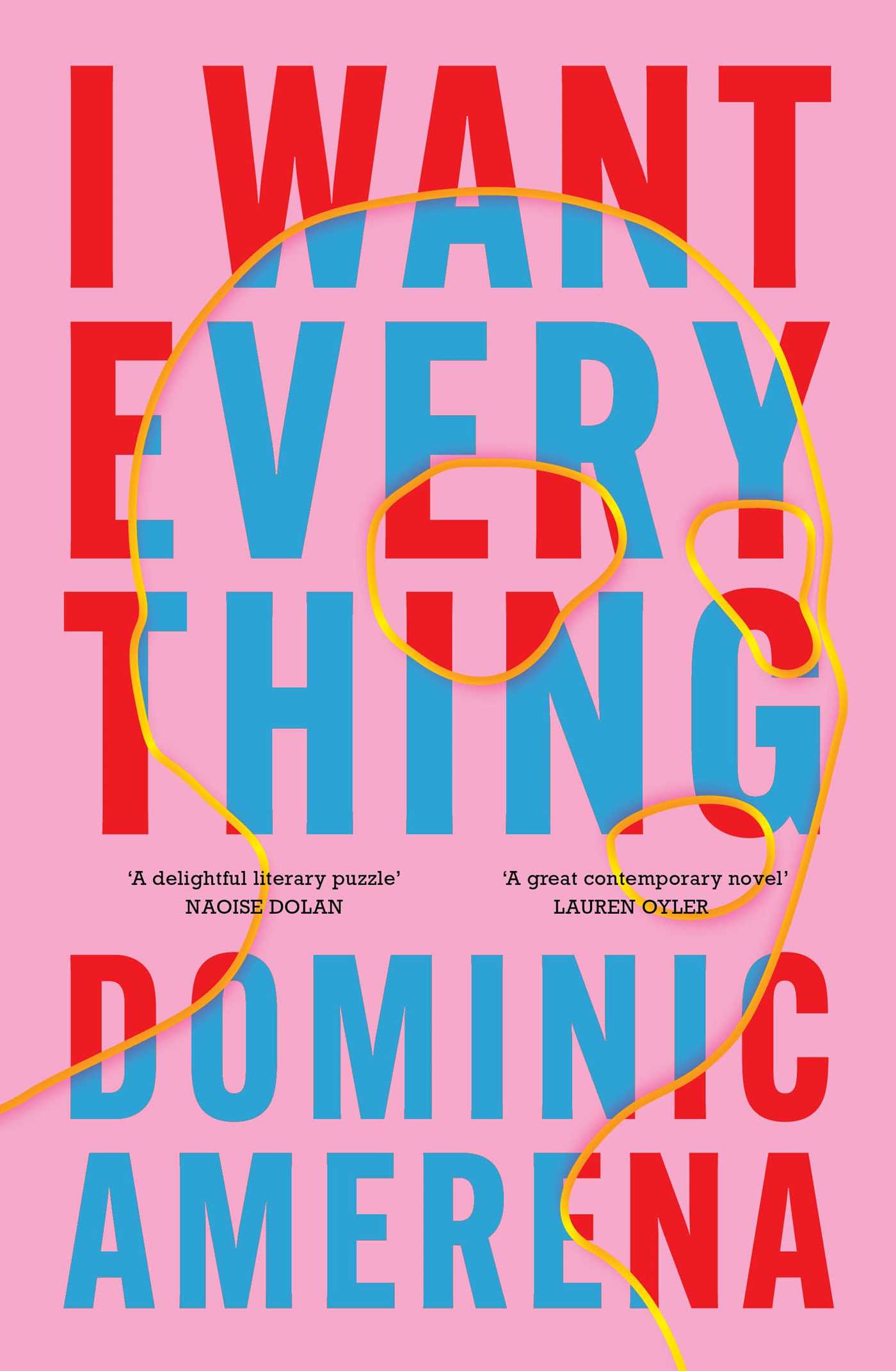
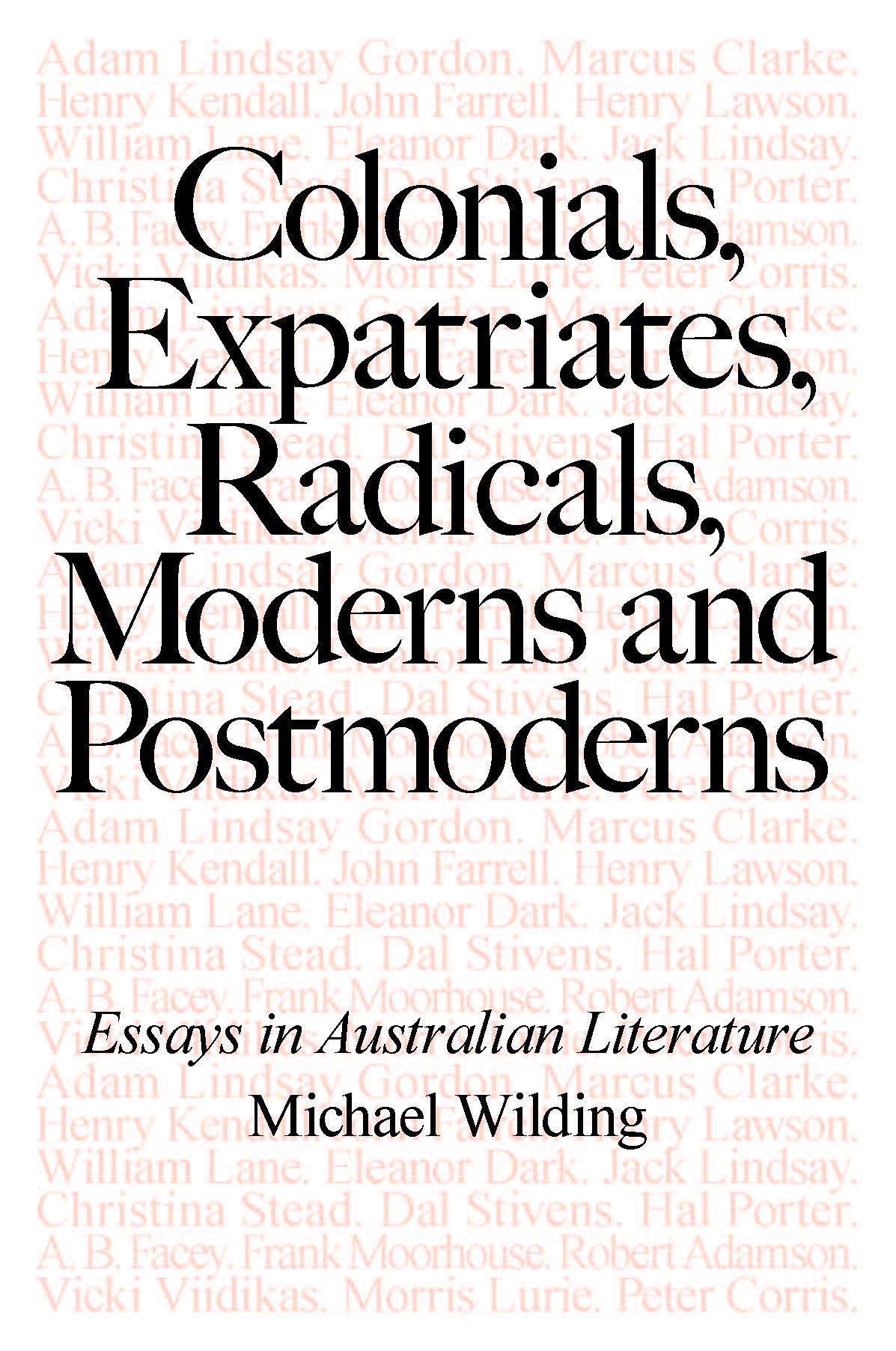


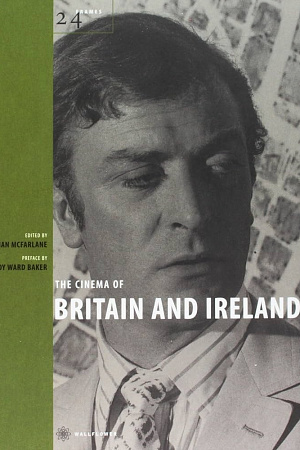

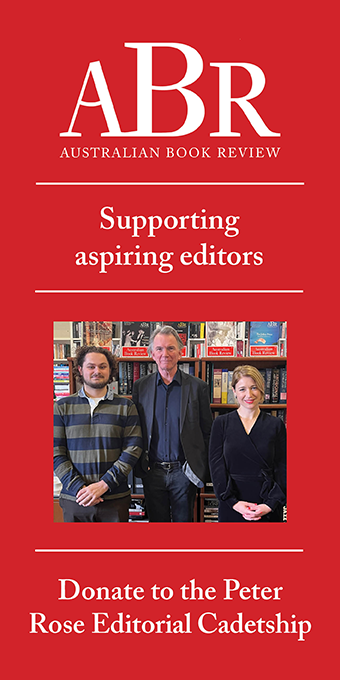


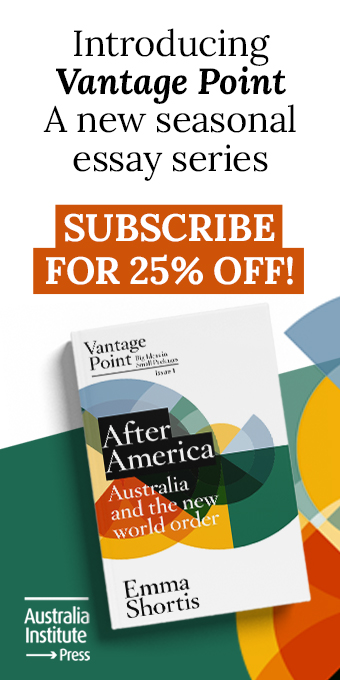
Leave a comment
If you are an ABR subscriber, you will need to sign in to post a comment.
If you have forgotten your sign in details, or if you receive an error message when trying to submit your comment, please email your comment (and the name of the article to which it relates) to ABR Comments. We will review your comment and, subject to approval, we will post it under your name.
Please note that all comments must be approved by ABR and comply with our Terms & Conditions.